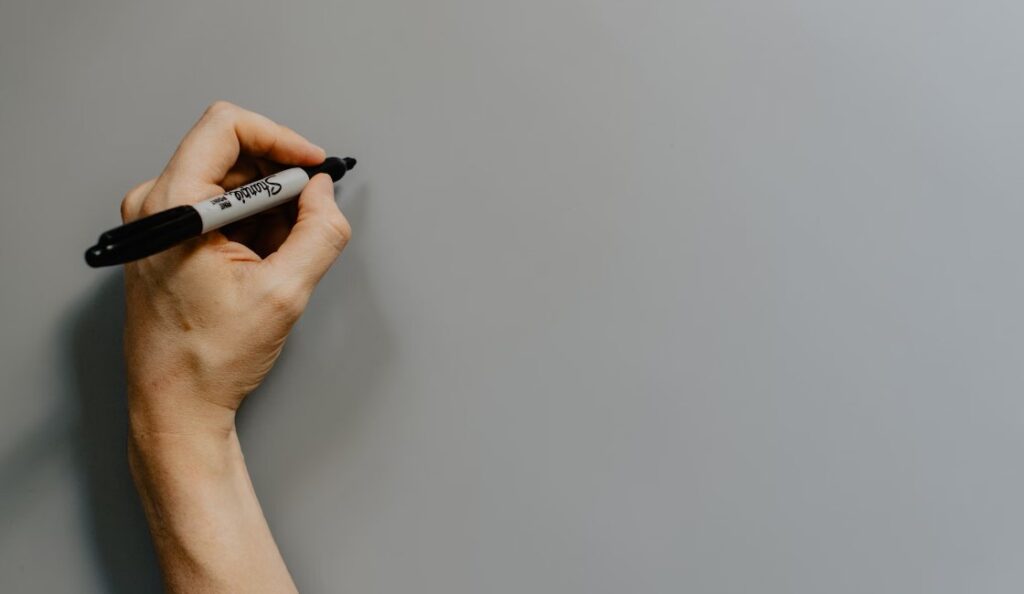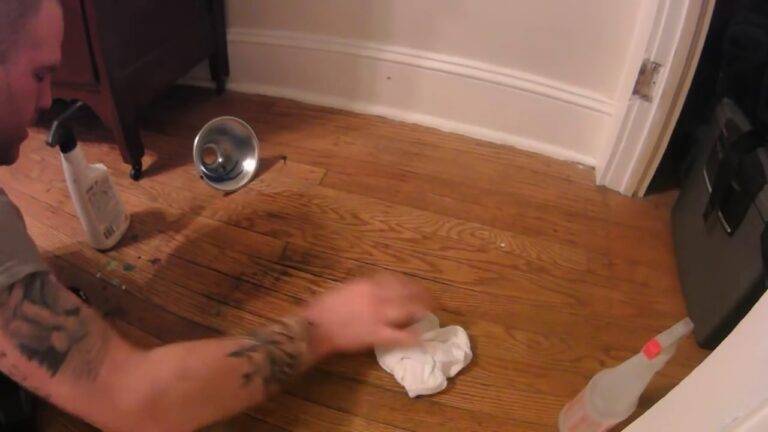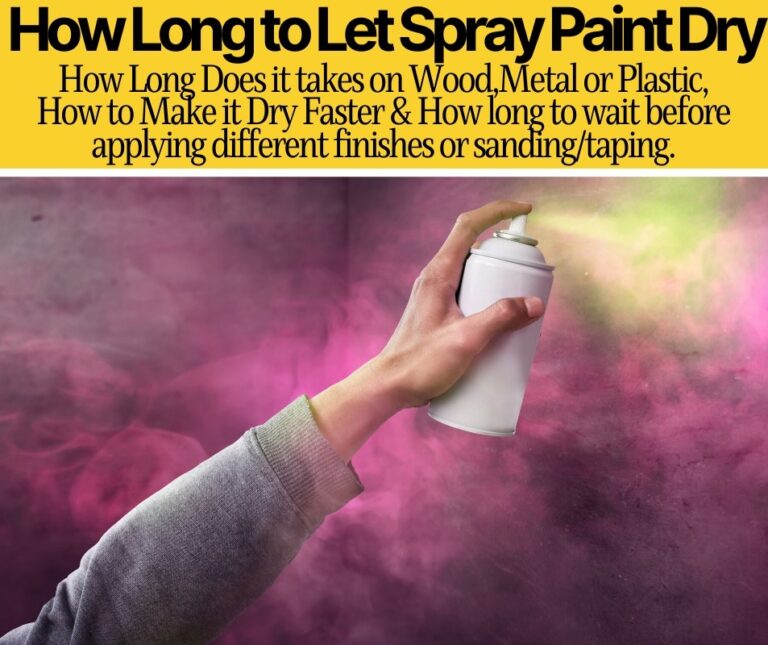Have you ever been inspired to add your own personal touch after looking at a brightly painted surface? A Sharpie marker’s strong, pointed lines promise exactly that precision in the middle of a sea of color. Can this glossy, multicolored spray paint canvas hold up to its promise?
Imagine your work of art or repurposed furniture with the fine details that come from using a Sharpie set against a backdrop of smooth spray paint. This combination can potentially improve your project by adding distinct layers of complexity and a polished finish.
Keep reading as we solve the mysteries surrounding this dynamic combo. We’ll walk you through the process of grasping the supplies, avoiding possible dangers, and perfecting the Sharpie technique when it comes to spray paint so your next project will catch people’s attention and awe them.
Understanding the Materials
The Sharpie Spectrum
Sharpies are not just ordinary markers; they are a staple in the toolkit of any artist or DIY enthusiast. Known for their durability and bold lines, Sharpie markers come in various types, including permanent, oil-based, and water-based variants. The ink in these markers is designed to be quick-drying and fade-resistant, making them ideal for a variety of surfaces.
The Spray Paint Varieties
On the other hand, spray paint is a versatile and expedient way to cover large areas with color. It comes in several formulations, such as oil-based, acrylic, and enamel. Each type has distinct drying times and finish characteristics, from glossy to matte. The convenience of spray paint lies in its quick application, although it requires a certain level of skill to master even layers.
Compatibility Issues
The heart of the matter lies in the chemical interaction between the ink of a Sharpie and the solvents in spray paint. Depending on the type of spray paint used, a Sharpie’s ink may not adhere well or could even dissolve when applied on top of the paint. Issues such as smudging, bleeding, or fading are common when the ink reacts negatively with the paint’s chemicals.
Can You Use Sharpie on Spray Paint?
Yes, you can write or use Sharpie on spray paint. The ink in a Sharpie is made of pigments and dyes that are suspended in an alcohol-based solution. When you apply the Sharpie to the surface of the spray paint, the pigments and dyes are absorbed into the paint film.
Sharpies, known for their vivid, durable ink, come in various types, with permanent, oil-based markers being the most suited for this purpose. On the other hand, spray paint is a quick-drying, versatile medium, available in forms like acrylic, enamel, or oil-based.
The key to success when writing with Sharpie on spray paint is ensuring that the spray paint is completely dry. Depending on the paint type and environmental conditions, this could take several hours or even a day. Once dry, the surface should be clean and free from dust or grease to ensure the Sharpie ink adheres well and remains smudge-free.
The chemical composition of Sharpie ink can react differently with various spray paint types. Generally, oil-based Sharpies are recommended as they are more likely to adhere without smudging or bleeding. Applying the Sharpie with a light hand helps maintain the integrity of the marker tip and the underlying paint.

Best Practices for Using Sharpie on Spray Paint
For those determined to combine these two mediums, several best practices must be followed to ensure a successful and enduring application.
- Surface Preparation
First and foremost, the spray paint must be completely dry. Depending on the paint, this could take anywhere from a few hours to a full day. The surface should be clean, free of dust or grease, which can be achieved by lightly wiping with a clean, dry cloth.
- Choosing the Right Sharpie
Oil-based Sharpies are typically the best option for use on spray paint, as their ink is designed to be applied over paints and varnishes. They also have a higher resistance to fading and smudging.
- Application Techniques
When applying Sharpie on spray paint, use a light touch to prevent the marker tip from fraying or the ink from spreading. It’s often beneficial to sketch your design with a pencil first and then proceed with a Sharpie.
Tips for Preservation
To ensure your Sharpie artwork on spray paint remains vibrant and intact over time, here are detailed preservation tips:
Choose the Right Sealant
- Clear Acrylic Sealant: A clear acrylic sealant is often the best choice as it’s designed to be compatible with a variety of surfaces and materials.
- UV-Resistant Options: For projects that will be exposed to sunlight, choose a sealant that offers UV protection to prevent fading.
- Compatibility Test: Always perform a spot test in an inconspicuous area to ensure the sealant does not react negatively with your Sharpie ink or spray paint.
Application of the Sealant
- Even Coating: Apply the sealant in thin, even layers to avoid drips or texture differences.
- Drying Time: The sealant manufacturer recommends adequate drying time between coats.
- Ventilation: Work in a well-ventilated area to ensure proper drying and to avoid inhaling fumes.
Handling and Storage
- Touching and Use: Avoid touching the Sharpie areas excessively after application to prevent oils from your skin from smudging the ink.
- Displaying: If displaying the item, keep it out of direct sunlight and in a low-humidity environment.
- Storage: For stored projects, wrap the item in acid-free paper to protect the surface from dust and scratches.
Long-term Care
- Regular Checks: Periodically check your artwork for any signs of wear or aging and apply additional sealant if necessary.
- Clean Gently: If you need to clean the surface, use a soft, dry cloth. Avoid harsh chemicals or abrasives that could damage the sealant or ink.
Wrap Up
The combination of spray paint’s broad color strokes with the tenacity of Sharpie markers can result in beautiful, customized masterpieces that express your artistic vision. Even though you can combine a Sharpie’s accuracy with a large spray paint canvas, your artwork’s lifespan depends on how well you use the correct procedures and preservation measures.
Your design can be protected from wear and environmental elements by using the appropriate type of Sharpie, making sure the spray paint is completely dry, and using a compatible sealant. Don’t forget to gently test, handle with caution, and clean the piece.
Frequently Asked Questions
Can water-based Sharpies be used on spray paint?
It’s best to avoid water-based Sharpies as they can smudge when applied to spray paint due to their ink composition.
How long should I wait before applying Sharpie on spray paint?
Wait until the spray paint is completely dry, which can take from a few hours up to 24 hours.
Can I use any sealant over my Sharpie and spray paint project?
Use a clear, water-based sealant to protect your work without dissolving the Sharpie ink. It’s always a good idea to first test the sealant on a small area.

